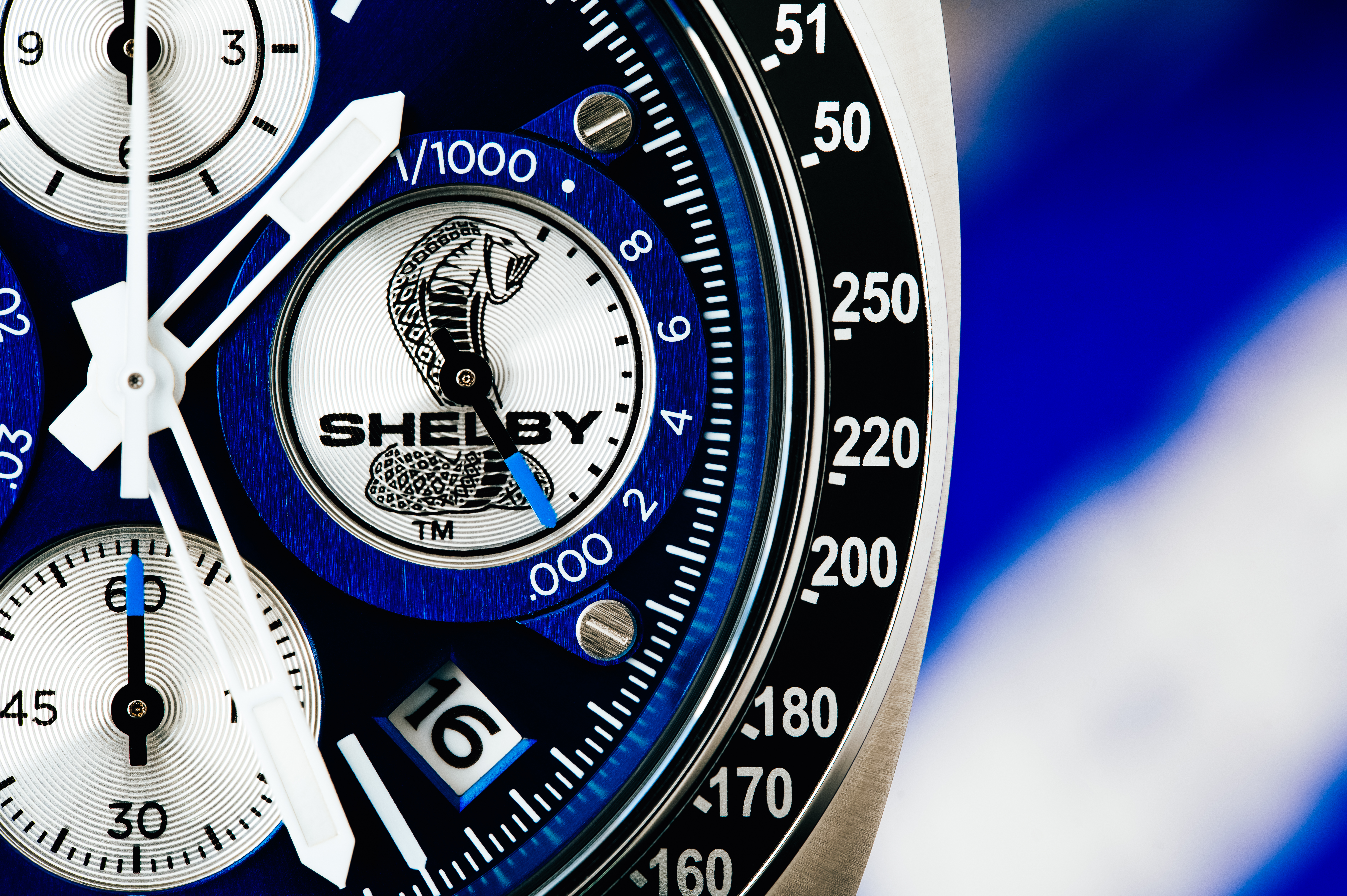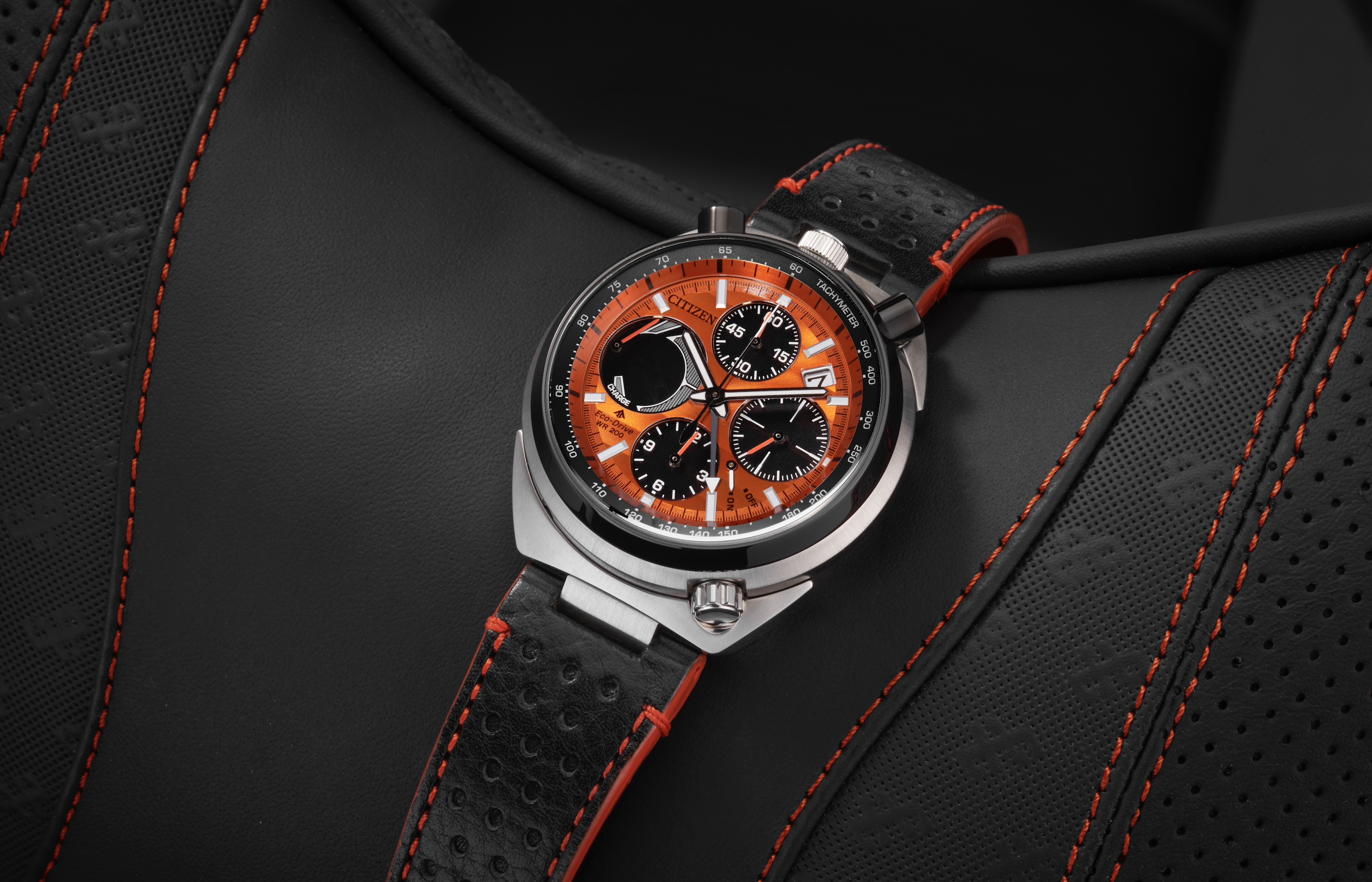The return of the bullhead: the watch design that refuses to conform
Little known outside of watch circles, but enthusiastically collected within them, bullhead watches have always been divisive. Identified by the crown at 12 o’clock, it made design sense – no digging into the wrist, allowing easier function as a stopwatch - but remains a speciality. But now, the bullhead is back

When Bulova set out this year to release a watch celebrating its 150th anniversary, in conjunction with Shelby Racing, there seemed to be one clear option. After all, as an American car customisation legend, founder Carroll Shelby had not only made an icon of one sports-car – the AC Cobra – but also the Shelby Daytona Coupe and the Ford Mustang. Indeed, many may know the Shelby name from 2019’s movie Ford v Ferrari: that’s Carroll Shelby, played by Matt Damon. As far as Bulova was concerned - a company that back in the 1060s and 1070s served as official timekeeper to NASCAR and IndyCar in the US – the watch had to be a bullhead.

A what? That’s a watch – like the new Bulova Racing Chronograph, taking its stylistic inspiration from the 1967 Shelby GT500 – with the chronograph pushers clustered not around the 3 o’clock position, as is commonplace, but around the 12 o’clock position, like a traditional mechanical stopwatch. (The name comes from the watch’s heart-shaped case and pushers mimicking a bull’s head and horns). Nonetheless the decision, concedes Bulova’s senior watch designer, Donell Hutson, is a gamble.
'We thought a bullhead made sense, because the design came out of motorsports – when drivers wanted something easier to use to time their laps, and placing the pushers on top made for a more accessible arrangement. That position also helps to avoid accidental activation,' he explains. 'But the [configuration] is bulkier than a lot of chronographs available and the look is considered a little out there. You don’t see many bullheads because the design isn’t considered to be commercial.'

Citizen bulhead watch
But while bullheads have been few and far between – Omega released the first bullhead watch in 1969 and re-issued a modern version in 2013, now something of a collector’s piece, with Seiko, Breitling and Tissot following up with models in the early 1970s – Bulova is not the only brand to revisit the bullhead of late. Citizen – which would also become an established name for bullhead designs over the 1970s – in 2023 reissued its Tsuno Chrono Racer bullhead and followed up last year with a special edition in collaboration with the fashion designer Yohji Yamamoto. Various smaller brands – from Stuhrling to CT Scuderia and Sinn – have also dabbled over recent years.
Interest in bullheads is rising precisely because there are so few of them around and people are looking for models that stand out,' reckons Citizen’s director of merchandising Neall Brick, who adds that the styles revival may have been sparked by Brad Pitt wearing a Citizen 8110 Challenger Time Bullhead in Tarantino’s Once Upon a Time in Hollywood (even if the film is set three years before the model was released). 'The distinctive shape of the bullhead has to be individually tooled so they don’t offer economies of scale [for the manufacturer]. So the bullhead is still unlikely to become a major trend. It really stands out on the wrist but is set to remain a watch for the niche crowd.'
Receive our daily digest of inspiration, escapism and design stories from around the world direct to your inbox.
Josh Sims is a journalist contributing to the likes of The Times, Esquire and the BBC. He's the author of many books on style, including Retro Watches (Thames & Hudson).
-
 This cult Los Angeles pop-up restaurant now has a permanent address
This cult Los Angeles pop-up restaurant now has a permanent addressChef Brian Baik’s Corridor 109 makes its permanent debut in Melrose Hill. No surprise, it's now one of the hardest tables in town to book
-
 French bistro restaurant Maset channels the ease of the Mediterranean in London
French bistro restaurant Maset channels the ease of the Mediterranean in LondonThis Marylebone restaurant is shaped by the coastal flavours, materials and rhythms of southern France
-
 How ethical is Google Street View, asks Jon Rafman in Copenhagen
How ethical is Google Street View, asks Jon Rafman in CopenhagenIn 'Report a Concern - the Nine Eyes Archives' at Louisiana Museum of Art, Copenhagen, Jon Rafman considers technology's existential implications